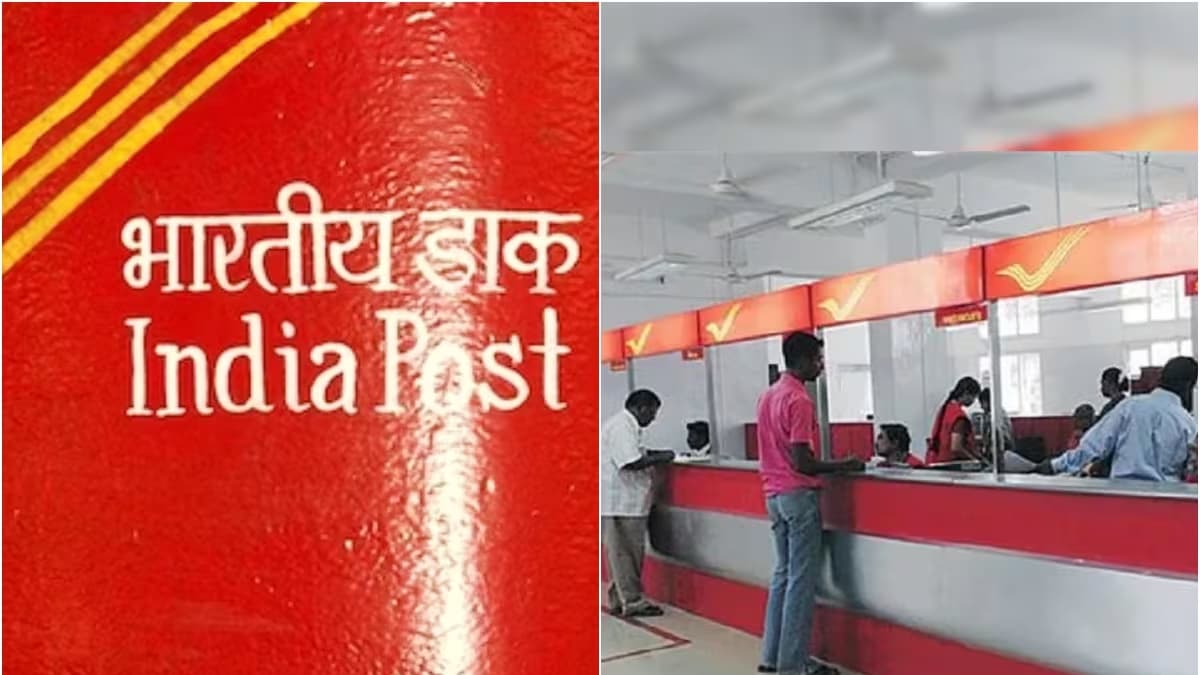The interest rates on small savings instruments had remained unchanged for nine consecutive quarters — from the second quarter of 2020-21 to the second quarter of 2022-23.
After a series of repo rate hikes by the RBI since May 2022, the transmission to retail deposit rates gathered pace in the second half of the last fiscal after remaining subdued in April-September period
Post office term deposits, which were fetching lesser returns than bank FDs in the recent past, have again become competitive with the government effecting three back-to-back increases in interest rates on small savings schemes. The return on post office term deposits of two years under the small savings schemes is 6.9 per cent, the same as offered by most banks on deposits of similar maturity.
After a series of repo rate hikes by the RBI since May 2022, the transmission to retail deposit rates gathered pace in the second half (H2) of the last fiscal after remaining subdued in April-September (H1) period as banks intensified their efforts to garner retail deposits to fund robust credit growth, a central bank analysis.
The Weighted Average Domestic Term Deposit Rate ( WADTDR) on fresh deposits (including retail and bulk) of banks increased by 222 basis points (bps) from May 2022 to February 2023. During H1, banks had focussed on mobilising bulk deposits. This was reversed in H2 with the increase in fresh retail deposit rates (122 bps) outpacing that in fresh bulk deposit rates (77 bps), the RBI said.
The transmission to WADTDR on outstanding deposits is picking up, albeit gradually, reflecting the longer maturity profile of term deposits contracted at fixed rates, the RBI said.
As regards the small savings instruments (SSIs), the government has increased the interest rates by 10-30 bps for October-December quarter of 2022-23, 20-110 bps for January-March quarter of 2022-23 and 10-70 bps for the first quarter of the current fiscal. The interest rates on SSIs had remained unchanged for nine consecutive quarters — from the second quarter of 2020-21 to the second quarter of 2022-23.
With these adjustments, rates on most of the SSIs are closely aligned with the formula-based rates, the RBI said.
Interest rates on SSIs, which are administered by the government, are linked to secondary market yields on G-secs of comparable maturities. “Banks’ term deposit rates are now competitively priced vis-a-vis post office term deposit rates,” the RBI said.
As RBI estimates, the WADTDR on retail deposits of banks of 1-2 year maturity rose to 6.9 per cent in February 2023 from 5.8 per cent in September 2022 and 5.2 per cent in March 2022. The last repo rate hike by the RBI was in February 2023.
With three consecutive increases in the interest rate on SSIs, the return on 2-year post office term deposits (POTD) under small savings schemes now stands at 6.9 per cent. The return on POTD of two years was 5.5 per cent in September 2022 and March 2022. The rate on POTD of three years increased to 7 per cent from 5.5 per cent.
The interest rate offered by India’s largest lender State Bank of India on deposits of one year to less than two years is 6.8 per cent. SBI’s interest rate on deposit of two years to less than three years is 7 per cent.
Banks have also revised upwards their external benchmark-based lending rates (EBLRs) by 250 bps during May 2022- March 2023 in tandem with the increase in the policy repo rate. The marginal cost of funds-based lending rate (MCLR) – the internal benchmark for loan pricing – rose by 140 bps over the same period.
The weighted average lending rate (WALR) on sanctioned fresh rupee loans increased by 173 bps and that on outstanding rupee loans by 95 bps from May 2022 to February 2023.
It is to be noted here that the external benchmark-linked loans now dominate outstanding floating rate loans, with their share in total increasing from 44 per cent in March 2022 to 48.3 per cent in December 2022.
Read all the Latest Business News here
(This story has not been edited by News18 staff and is published from a syndicated news agency feed)


